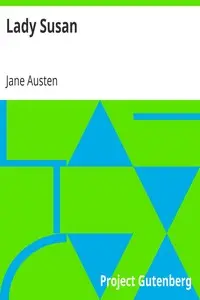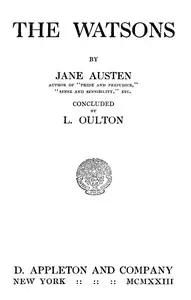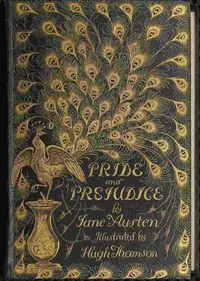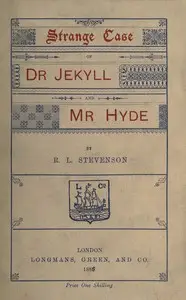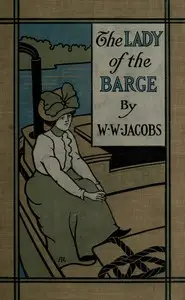"Northanger Abbey" by Jane Austen is a story from the 1800's that features Catherine Morland, a young girl who doesn't really fit the mold of a typical novel heroine because she wasn't raised in a fancy way, and she isn't stunningly beautiful. Catherine dreams of living a life of adventure, inspired by the books she loves to read, these dreams set the stage for her entry into society, especially when she gets the chance to visit the city of Bath. The story shows how Catherine grows as a person, how silly society can be, and how different things are from what she expects; as a young girl she preferred running around outside, and as a teenager, she loves reading novels with dramatic romances, shaping the way she views relationships. When invited to Bath, Catherine looks forward to experiencing thrilling things, making new friends, and finding true love with Mr. Tilney, who has caught her eye. The book is funny and takes a lighthearted approach to the common themes in romance stories, appealing to readers who appreciate stories about characters finding themselves.
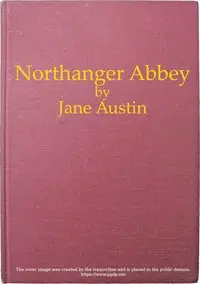
Northanger Abbey
By Jane Austen
A young woman obsessed with romance novels finally experiences high society, blurring the line between reality and her wildest, most dramatic fantasies.
Summary
About the AuthorJane Austen was an English novelist known primarily for her six novels, which implicitly interpret, critique, and comment upon the English landed gentry at the end of the 18th century. Austen's plots often explore the dependence of women on marriage for the pursuit of favourable social standing and economic security. Her works are implicit critiques of the novels of sensibility of the second half of the 18th century and are part of the transition to 19th-century literary realism. Her use of social commentary, realism, wit, and irony have earned her acclaim amongst critics and scholars.
Jane Austen was an English novelist known primarily for her six novels, which implicitly interpret, critique, and comment upon the English landed gentry at the end of the 18th century. Austen's plots often explore the dependence of women on marriage for the pursuit of favourable social standing and economic security. Her works are implicit critiques of the novels of sensibility of the second half of the 18th century and are part of the transition to 19th-century literary realism. Her use of social commentary, realism, wit, and irony have earned her acclaim amongst critics and scholars.


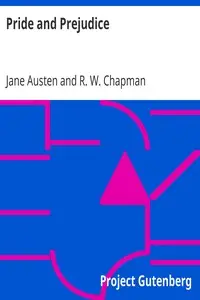

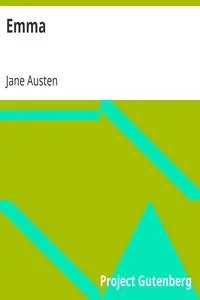



![Love and Freindship [sic] by Jane Austen](https://cdn.a2-host.cloud/4b_NTPONa0CloH_1LlwwVH-JTm2OjQTPunnkg4ncj-I/rs:fill:215:325:0/g:ce/aHR0cHM6Ly9zcC1hc3NldHMuczMudXMtd2VzdC0wMDQuYmFja2JsYXplYjIuY29tL2Jvb2svMTIxMi9Mb3ZlX2FuZF9GcmVpbmRzaGlwX3NpY19jb3Zlci5qcGc.webp)
